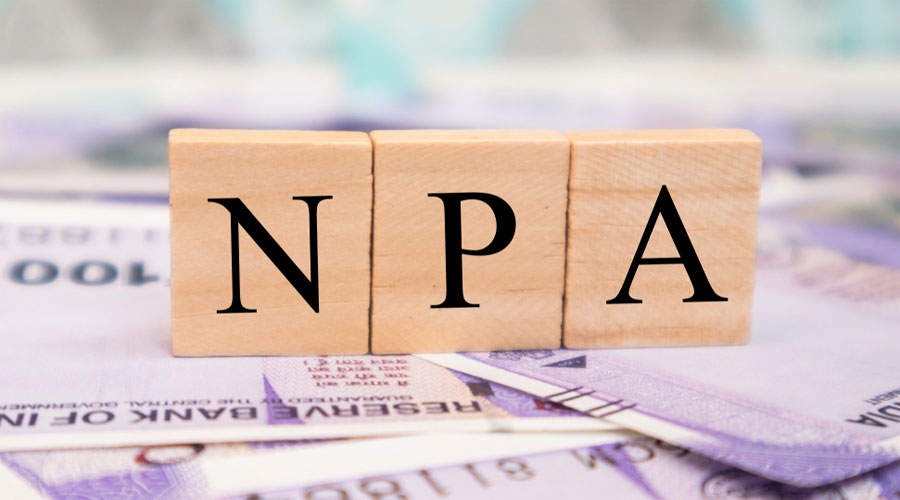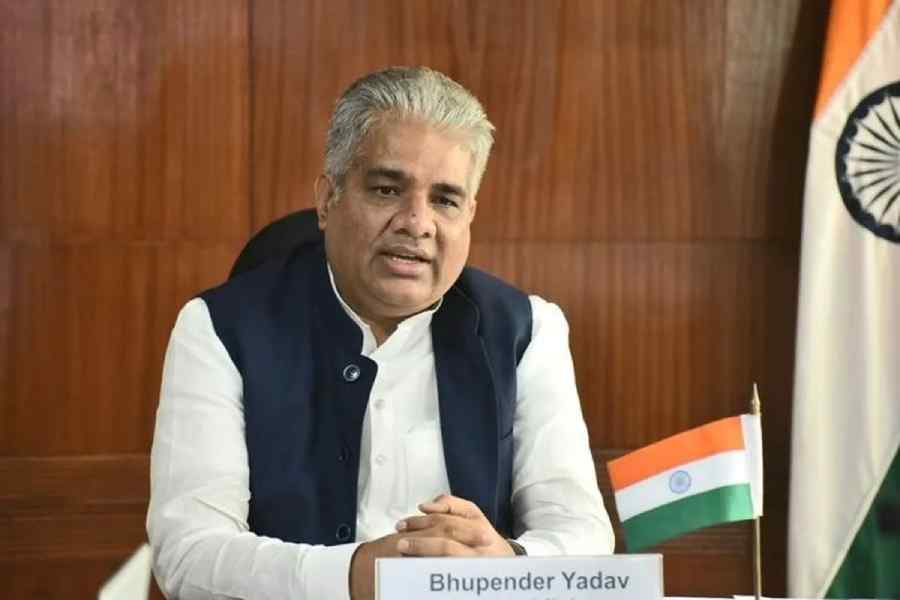The Reserve Bank of India has warned that the gross non-performing asset ratio of banks could rise to 13.5 per cent under a baseline scenario and almost double to 14.8 per cent in the worst case by September this year. In September last year, the gross non-performing asset ratio was 7.5 per cent.
The latest financial stability report reflects the collective assessment of the sub-committee of the Financial Stability and Development Council.
The bi-annual publication was re-scheduled to incorporate the first advance estimates of national income for 2020-21 that were released by the National Statistical Office on January 7. The NSO has forecast the economy will contract 7.7 per cent during this fiscal.
In its previous report, the RBI had projected the gross non-performing assets (GNPA) ratio of banks may rise to 14.7 per cent by March 2021. Its latest estimate indicates the bad loan problem is likely to continue despite the economy recovering during the second quarter of the current fiscal.
The central bank said in the latest report that because of Covid the data on fresh loan impairments of banks may not reflect the true underlying state of their portfolio because of regulatory forbearances such as the moratorium, standstill on asset classification and one-time restructuring.
Its stress tests indicated the GNPA ratio of all commercial banks may increase from 7.5 per cent in September 2020 to 13.5 per cent by September 2021 under the baseline scenario. If the macroeconomic environment worsens into a severe stress scenario, the ratio may further escalate to 14.8 per cent.
RBI governor Shaktikanta Das who has been asking banks to shore up their capital also cautioned them about the inherent NPA problem.
He said that though India’s banking system had relatively sound capital and liquidity buffers built following the global financial crisis, the pandemic threatened to result in balance sheet impairments and capital shortfalls as the regulatory reliefs are rolled back.
Moreover, banks will be called to meet the funding requirements of the economy as it traces a revival from the pandemic.
“Consequently, maintaining the health of the banking sector remains a policy priority and preservation of the stability of the financial system is an overarching goal,’’ he observed.
The RBI added that among the bank groups, the PSU banks’ GNPA ratio of 9.7 per cent in September 2020 may increase to 16.2 per cent by September 2021 under the baseline scenario while the GNPA ratio of private sector banks may increase from 4.6 per cent to 7.9 per cent and foreign banks from 2.5 per cent to 5.4 per cent over the same period.
In the severe stress scenario, the GNPA ratios of PSU lenders may rise to 17.6 per cent, their private peers 8.8 per cent and foreign banks, 6.5 per cent by September 2021.
“These GNPA projections are indicative of the possible economic impairment latent in banks’ portfolios, with implications for capital planning, ’’ the RBI noted.
It, however, issued a caveat: considering the uncertainty regarding the unfolding economic outlook and the extent to which regulatory dispensation under restructuring is utilised, the projected ratios are susceptible to change in a “non-linear fashion”.
The RBI also cautioned that though banks’ capital position had improved in September 2020 over March 2020, the actual cushion available with them could be “overstated” due to the forbearance.











